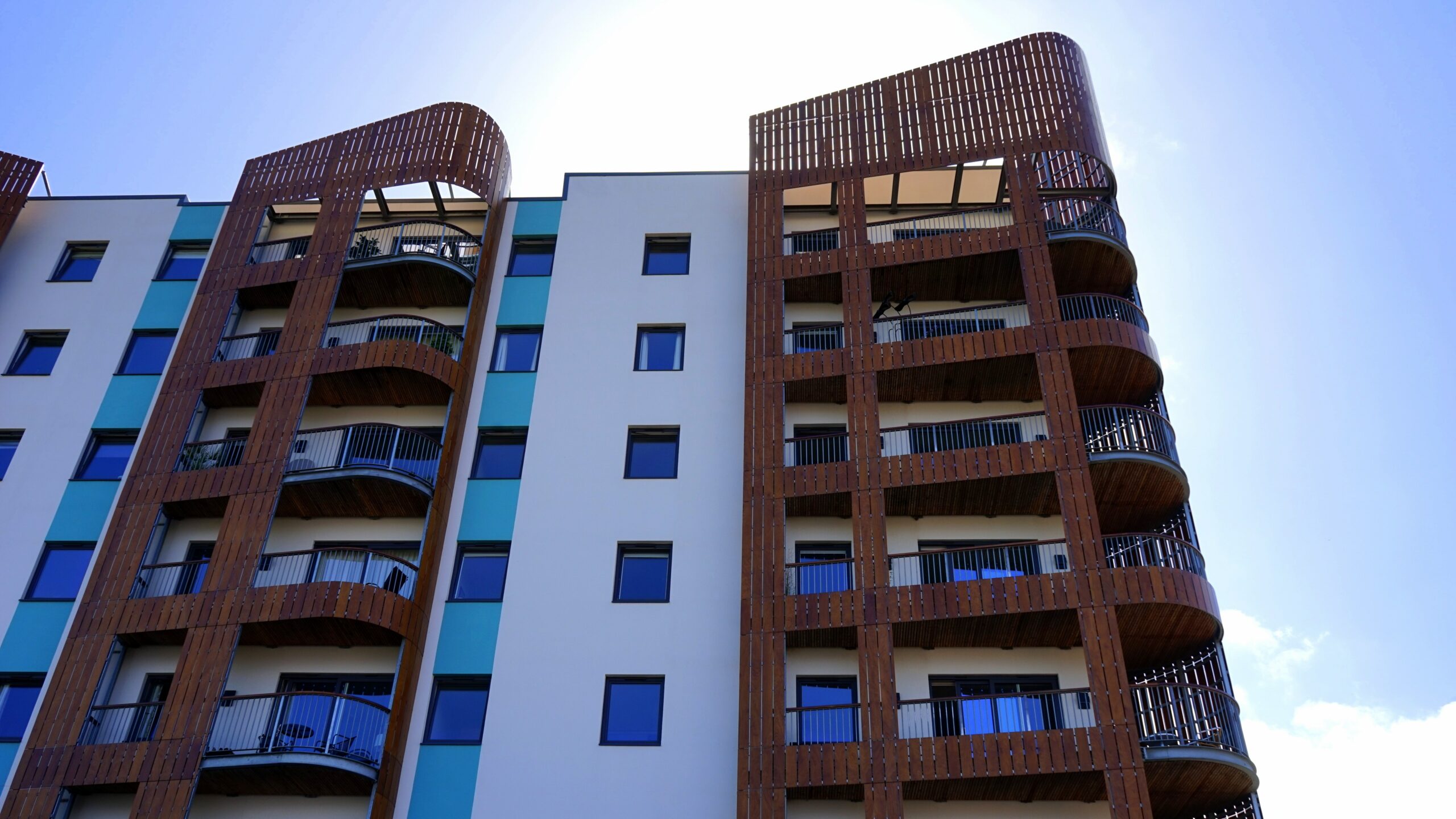This week, the Apartment Association of Metro Denver (AAMD) released the 2023 First Quarter Vacancy & Rent Report for Metro Denver.
The average vacancies and apartment rents remained very flat for the first quarter of 2023. Vacancies remained at 5.6%, the exact same as last quarter. Rents increased less than 0.5 percent – only $8 for the quarter, now at $1,846 per month on average.
“The market has been very stable over the past nine months, with very flat rental rates and a relatively slow increase in vacancy,” explained Mark Williams, executive vice president for the Apartment Association of Metro Denver. “When the vast majority of costs are increasing all around us, to have rental housing be so stable is good news for renters and housing providers.”
The rent report shows vacancy rates increased in three counties, decreased in one county and remained the same in two counties in the metro area. “Only Denver County decreased in vacancy, going down 50 basis points,” said the report’s researcher, Cary Bruiteg with Apartment Insights. Buildings constructed since 2020 had the highest vacancy at 6.8%. Those constructed prior to 1970 had the lowest vacancy at 4.9%.
Even with flat rent and vacancy rates, there is still a need for more housing in the metro area. “This quarter’s data shouldn’t take away from efforts to increase housing supply,” said Drew Hamrick, senior vice president for government affairs and general counsel for the Apartment Association of Metro Denver. “The solution here is to continue to push for more housing and let the market naturally sort itself out.”
The metro area now has over 400,000 apartments, which house approximately 775,000 people. “400,000 is a big number to hit, and shows how our city has grown – but demand for rental housing will continue to be strong for years to come,” Williams reported.
The overall data suggest that long-term demand for apartments will be high, and like many parts of the country, Denver is cooling off to a small degree. Rents will likely remain flat into the summer of 2023, especially with much-needed new housing units being delivered. There are over 43,000 new units under construction, with an estimated 25% of those units scheduled to be available sometime this year.
“The report shows 3,571 new apartments were added into the rental housing market in Q1, that compares to about 2,700 units per quarter over the past four years,” explained Bruteig. “More new units help drive the vacancy rate up which helps take pressure off rental rates. If vacancy rates continue to increase, and given the large construction pipeline they probably will, then rents are likely to either remain flat or continue to decrease.”
These numbers were compiled by Apartment Insights, which collected the data from 231,995 apartment homes.









